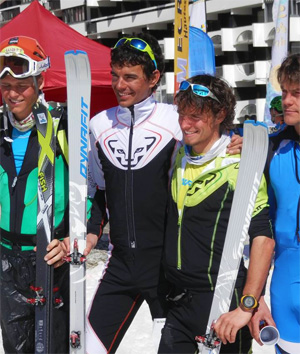
Coming off a successful Pierra Menta with Nick Elson, he will be partnering for Mezzalama with our Swiss friend Pascal Egli, with the third teammate still to be determined.
Eric and Pascal managed to win a 2-day Ski Ecrins skimo race in France two weekends ago!
Q: After placing 15th at Pierra Menta and winning the Ski Ecrins 2-day teams race how do you feel about Mezzalama? Who are your teammates?
Lars Erik and Pascal were supposed to be the team but due to postponing Lars Erik has to go back to Norway and can’t stay, so if anyone knows of someone looking for a team please let us know!
I think we have a good shot at a decent placing in Mezzalama depending on who jumps in as our third. We were assigned bib #11 which might be a good sign 🙂
Regardless, as long as we don’t have any equipment, illness, or crash issues and just ski smoothly, I’m sure we will be quite happy with our race.
Q: How was your April in Chamonix? What did you get up to?
Since Mezallama got postponed, Lars Erik and I took advantage of the good conditions in Chamonix for a rip up and down Mont Blanc last week. Not particularly fast since it was beautiful and we couldn’t stop taking photos! I felt good at the altitude though and am feeling the most acclimatized of my life!
Since the last World Cup, I’ve been skiing but summer has arrived in full force in Chamonix, so I’ve spent quite a bit more time taking the lift up high and doing some fun and easy alpine climbing which is a nice change.
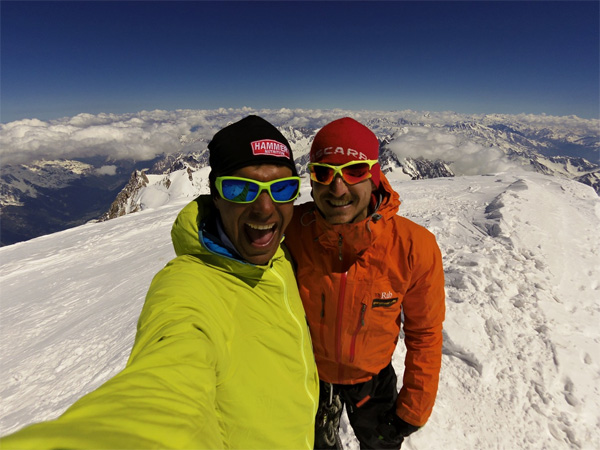
I will be getting back right after Mezzalama, and I’m really looking forward to getting back to Squamish to see everyone and jump into BC summer.
I’ve got some running plans and want to do lots of rock climbing but nothing set in stone. For running races, I won’t do an ultra this season but a few others: Sea to Summit race at the S2SG, Kusam Klimb, Broken Goat VK, Survival of the Fittest, Comfortably Numb, Grouse Grind Race, and perhaps some more.



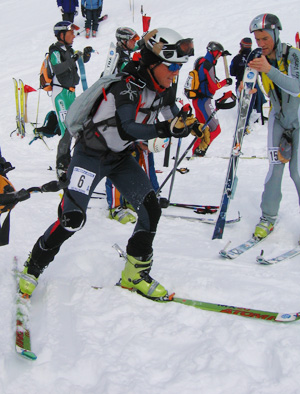
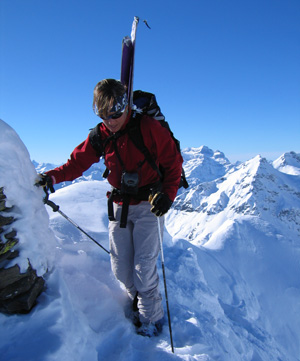
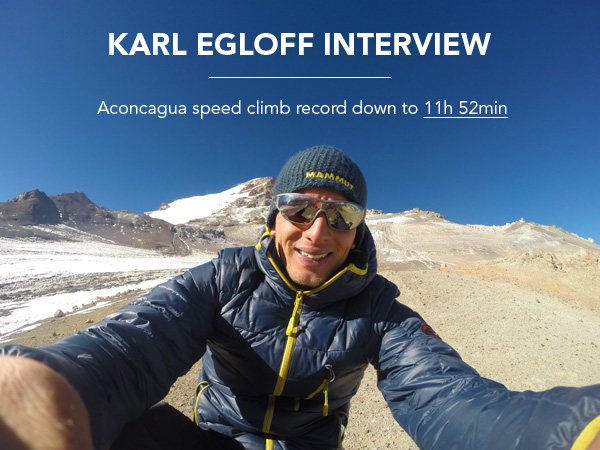
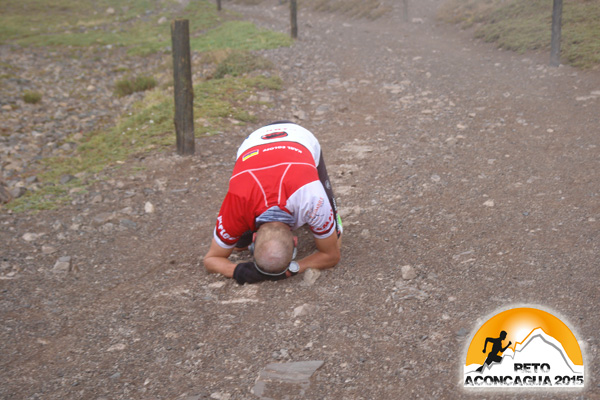
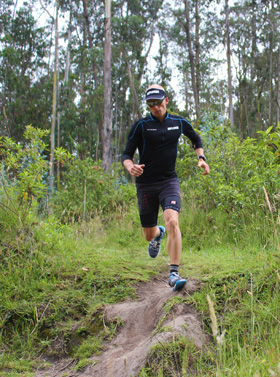 On December 12, 2012 I was invited to climb Cotopaxi fast with a friend of mine. I broke the speed record and since then I started to see how amazing this sport could be after guiding almost 16 years.
On December 12, 2012 I was invited to climb Cotopaxi fast with a friend of mine. I broke the speed record and since then I started to see how amazing this sport could be after guiding almost 16 years.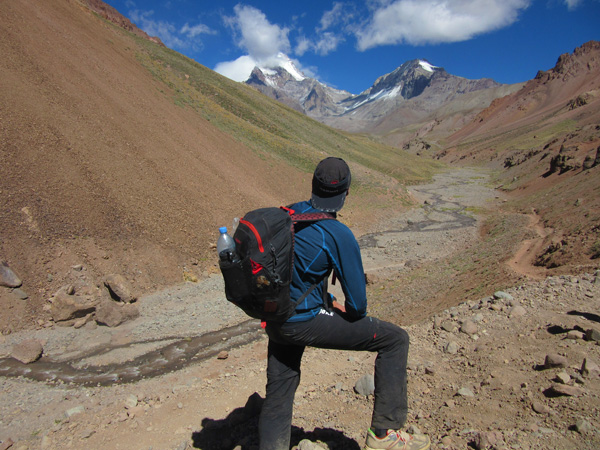
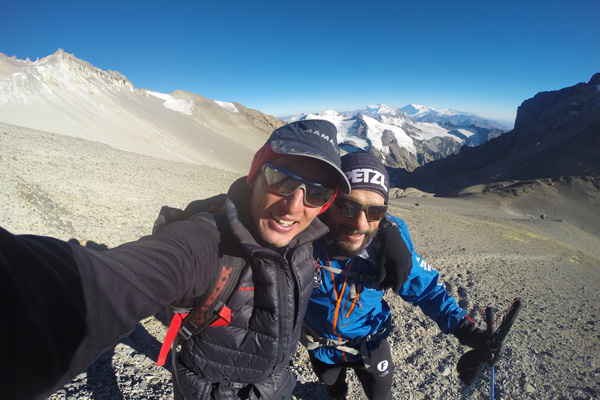
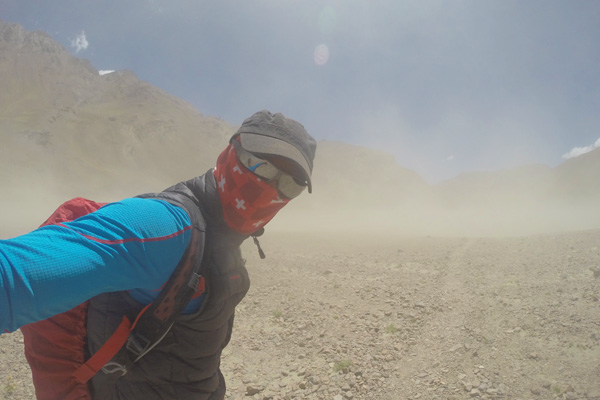
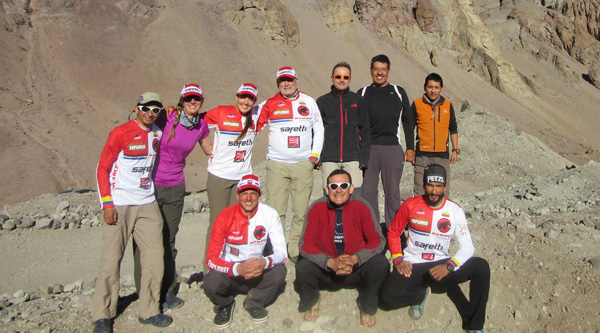
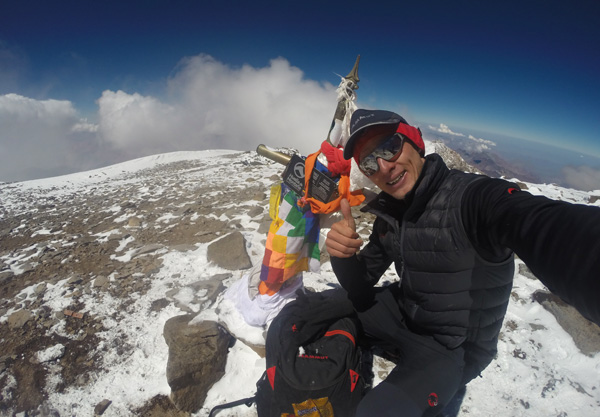
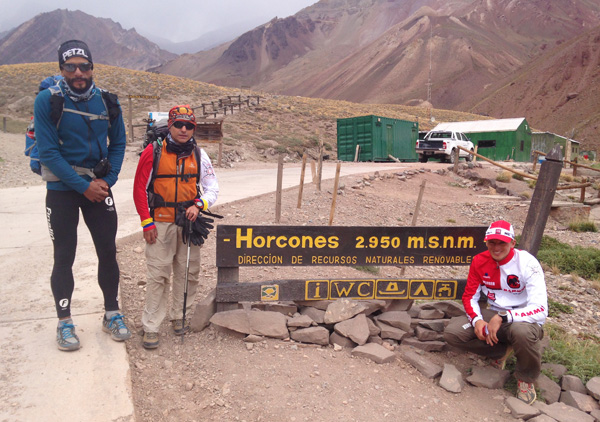
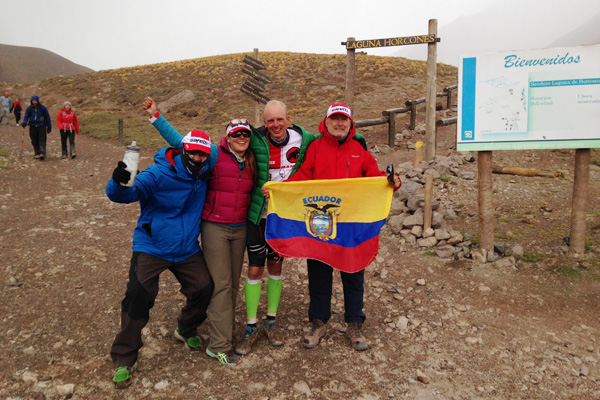
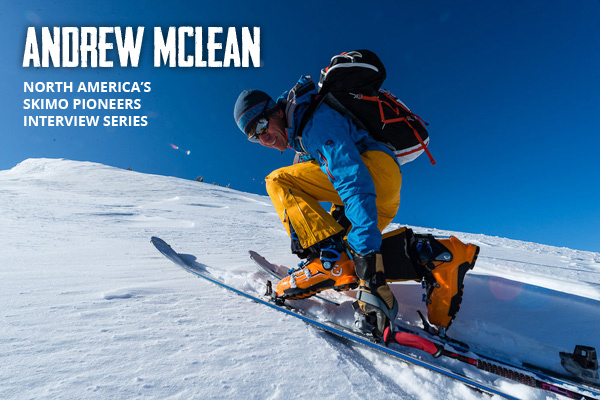
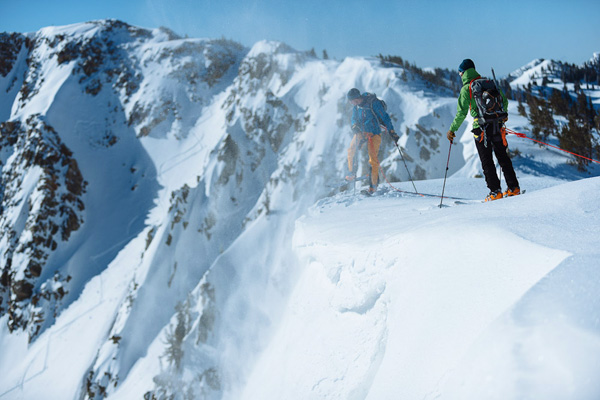

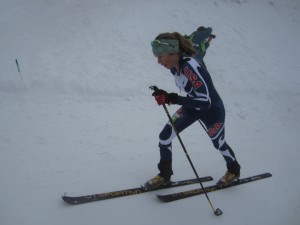
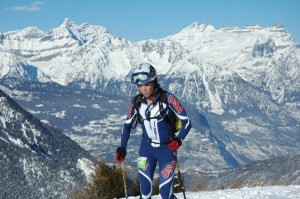
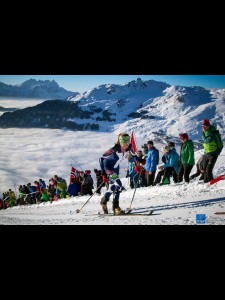
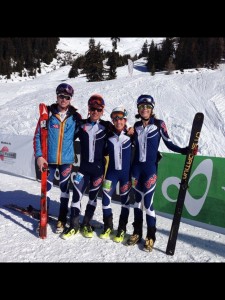
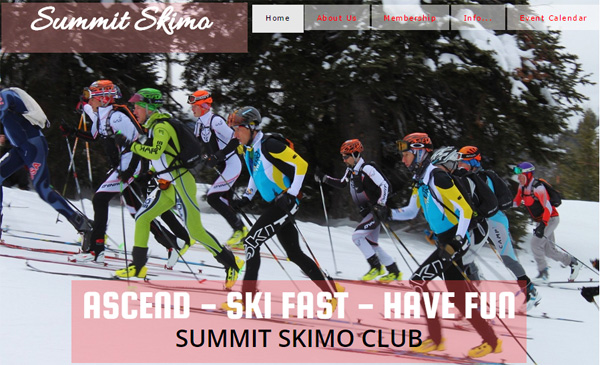
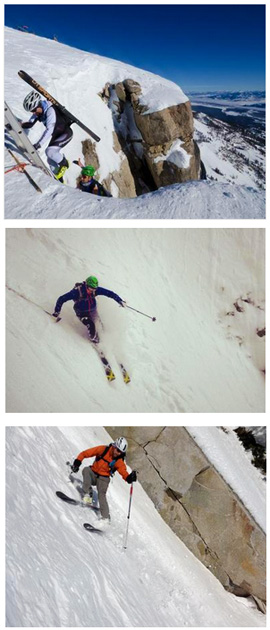 Who do you hope to attract?
Who do you hope to attract?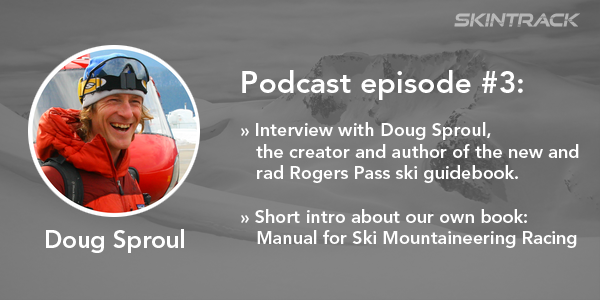
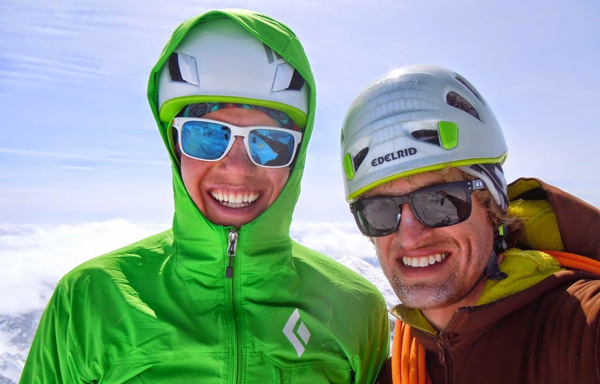
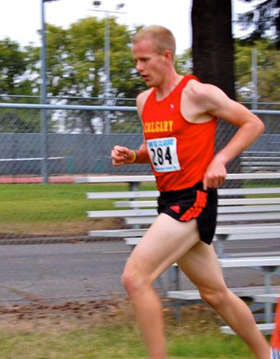

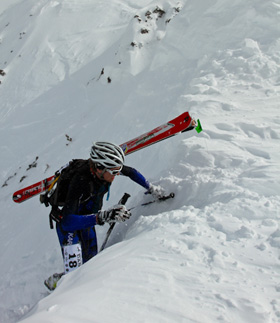

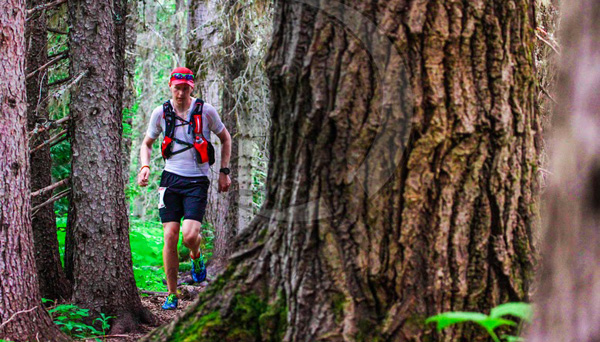
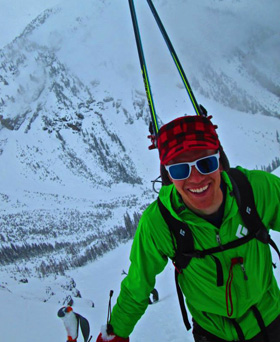
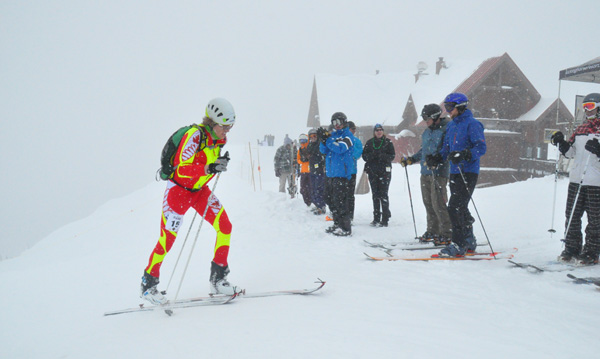
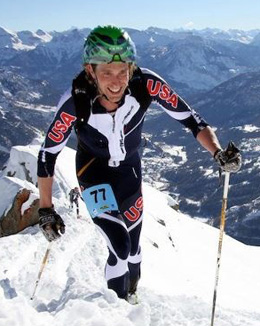 Few weeks ago, I was trying to figure out who to approach for the next SkinTrack’s interview when I thought of Tom Goth.
Few weeks ago, I was trying to figure out who to approach for the next SkinTrack’s interview when I thought of Tom Goth.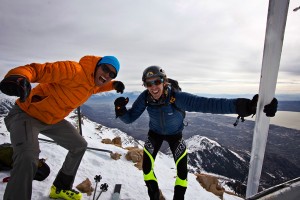
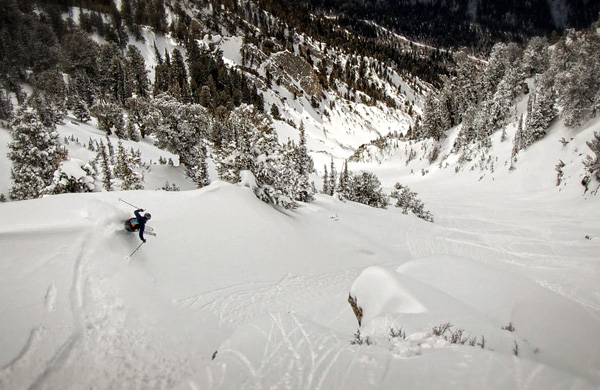
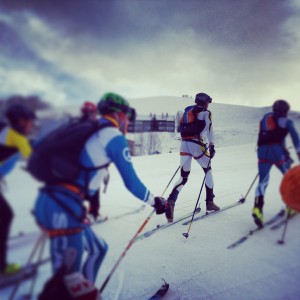
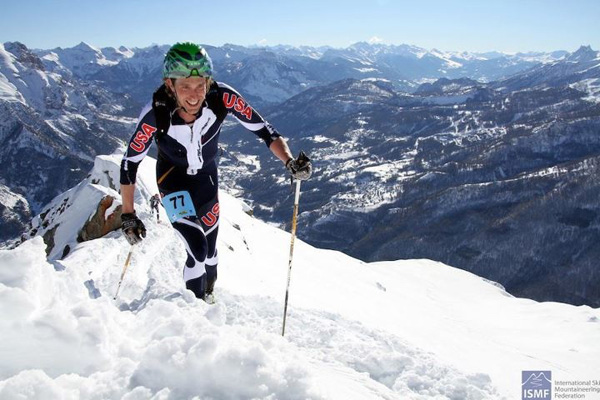

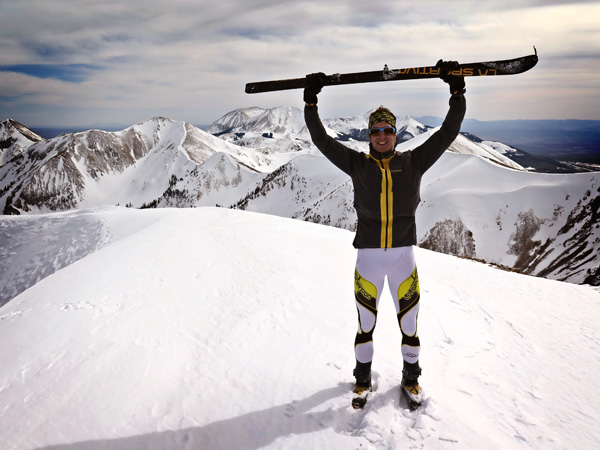
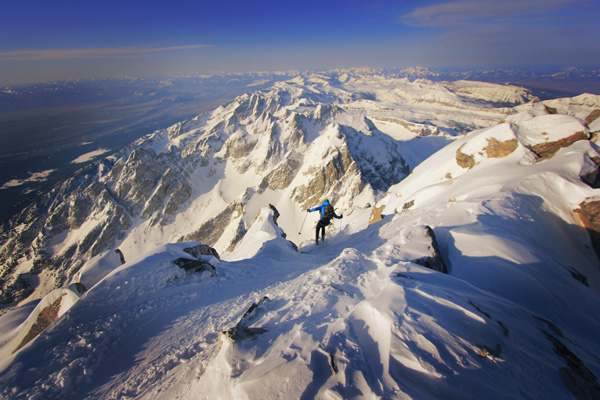
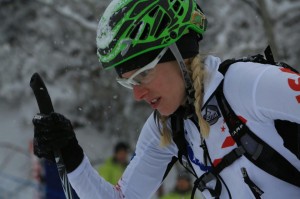
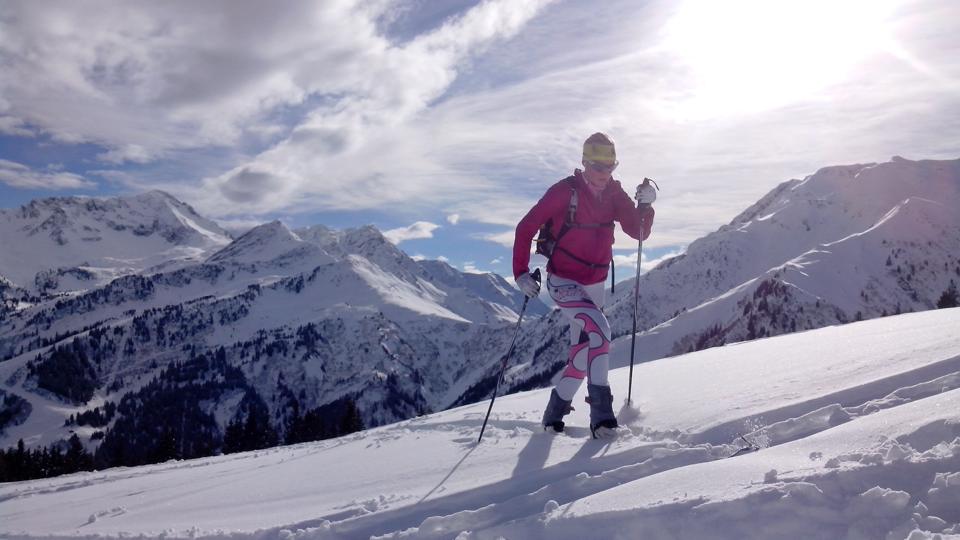
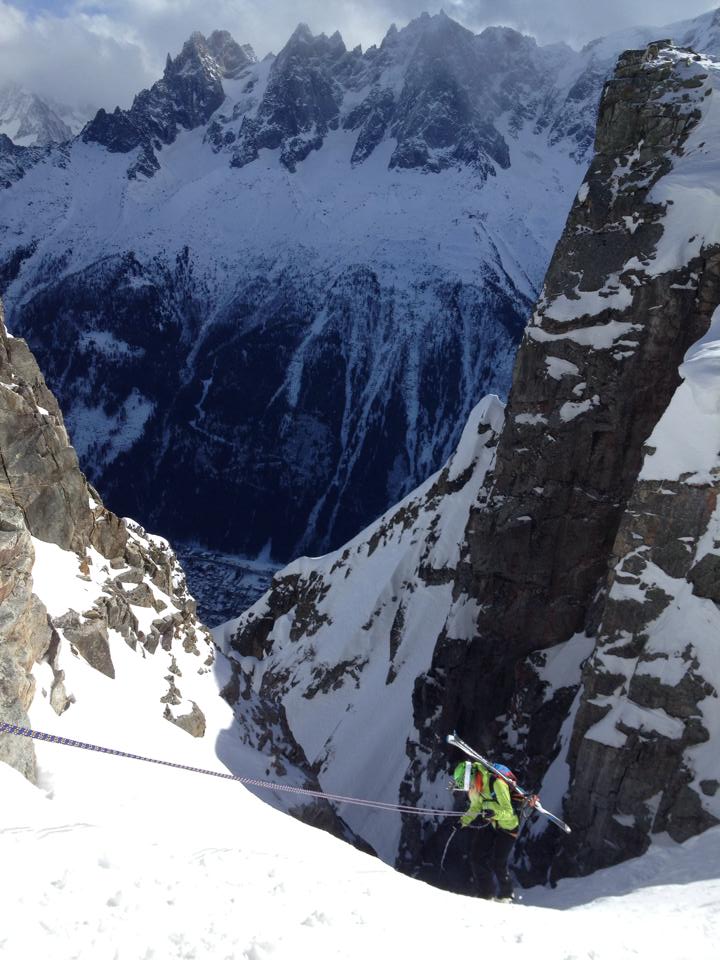 I am currently a
I am currently a